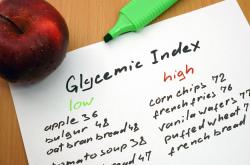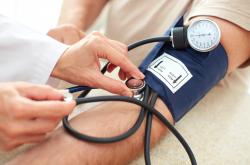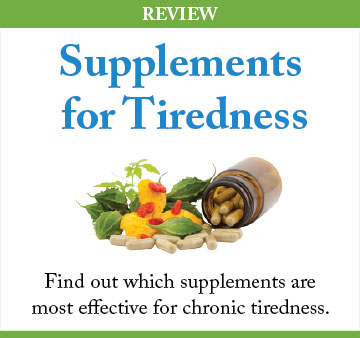Why High Glycemic Index Foods Make You Tired
Glycemic index is a measure of how quickly the body absorbs the sugar in carbohydrate. If you choose foods which are high on the G.I. index scale, you run the risk of both fatigue and adrenal exhaustion.

Why some foods make you tired
Food has a profound effect on mood and energy. Poor food choices can make us fatigued, drowsy and irritable.
Here’s an example. Jo eats white bread toast and strawberry jam for breakfast before going to work. By 11 am she is feeling tired, so she eats a donut and coffee. By 1 o’clock Jo is hungry again so she eats some chips and a sandwich. And this can go on all day. Does it sound familiar? If so, you need to understand what high glycemic foods are doing to your metabolism, both in the long and in the short term.
Jo’s choices (all of which were high on the glycemic index) made her tired and hungry and at risk of both putting on weight and exhausting her adrenal glands.
Glycemic index
One of the most important concepts to grasp is the way that different carbohydrates are processed by the body. The speed at which the sugar in the carbohydrate enters the blood stream is measured by the glycemic index.
If you look at the simplified table below, you will see that two very popular breakfast foods have very different G.I. values – Corn Flakes (low in fiber) is 112 and All Bran (high in fiber) is only 55. Therefore All Bran has a lower G.I. value, meaning it takes much longer to be processed by the body.
Examples of glycemic index | |
Corn flakes | 112 |
All Bran | 55 |
Oatmeal | 70 |
Bread whole wheat | 50-70 |
Pizza | 85 |
Waffles | 110 |
Spaghetti | 50-60 |
Rice | 110-120 |
Cooked potato | 80-85 |
Mashed Potato | 104 |
Milk | 40-50 |
Cola | 97 |
Please seeGlycemic index of common foodsfor more details.
Blood sugar fluctuations and response to carbohydrates
Simple carbohydrates enter the blood stream fast, but because they are mostly sugar, with little or no fiber, the effect they have is very short-lived. Blood sugar levels rise fast and fall fast in response to the sugar. Insulin is released to deal with the large influx of sugar, which has to be dealt with. The adrenal glands respond by producing adrenaline and cortisol. However, the adrenals are not designed to work all the time – they are the emergency ‘energy boosters’ of the body. In time, they become depleted and your fatigue may become chronic.
When you experience low blood sugar, this is termed hypoglycemia. It causes a number of symptoms, including:
- Fuzziness of thought
- Irritability
- Fatigue
- Blurred vision
- Sweating
- Hunger
The roller-coaster of sugar ingestion, high blood sugar levels and swift falling of those levels, followed by ingestion of more sugar to replace the lost energy, is a story without an end. It’s up to you to break the cycle by choosing food from the low end of the glycemic index scale. The sugar in the carbohydrates of such food will be released slowly and evenly and you will begin to feel much better.
Please seeHypoglycemia and TirednessandSelf Help Tips For Fighting Adrenal Fatiguefor more details.
Healthy choice
What could have been a healthier choice for Jo (instead of the white bread, donut and chips?) Here’s a suggestion:
High quality Muesli made of complex carbohydrates (nuts, seeds etc) with grated apple, midmorning salad with whole wheat bread, fish with sweet potato and grilled vegetables for lunch. This would have kept Jo’s blood sugar on an even keel, with no highs and lows and provided vital vitamins, minerals and amino acids as well.


















Leave a comment